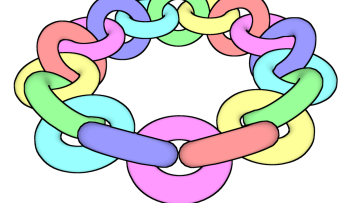Character correspondences for symmetric and complex reflection groups.
Abstract
Abstract: In 2016 Ayyer, Prasad and Spallone proved that the restriction to
S_{n-1} of any odd degree irreducible character of S_n has a unique irreducible
constituent of odd degree.
This result was later generalized by Isaacs, Navarro Olsson and Tiep.
In this talk I will survey some recent developments on this topic.


